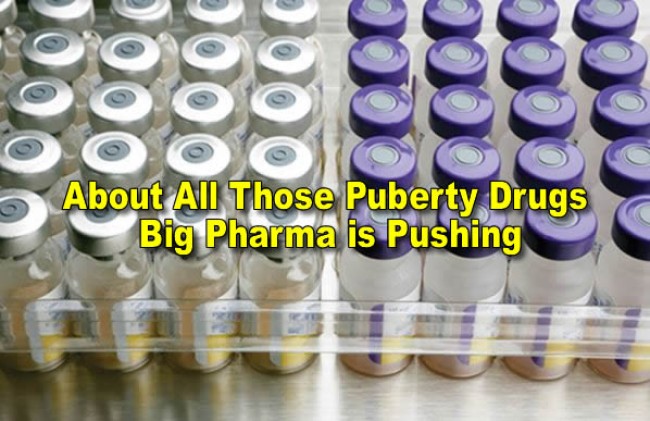HMMM… About All Those Puberty Drugs Big Pharma is Pushing

HMMM… About All Those Puberty Drugs Big Pharma is Pushing
A new peer-reviewed paper questions the difference between hormonal and surgical treatment for transgender youth and the placebo effect. Specifically, the paper says that “to date there has been little discussion of the inability of these studies to differentiate specific treatment effects from placebo effects.”
This means that studies on children given hormones and surgical interventions have not been able to account for any placebo effects, namely, “the beneficial effects attributable to the brain-mind responses evoked by the treatment context rather than the specific intervention.”
Giving children medical intervention to affirm their gender identity is called GAT, gender-affirming care. The author says:
“GAT can achieve some of the desired masculine or feminine appearance outcomes, but the main arguments used to support the use of these treatments in GD youth are that they improve short- and long-term mental health and quality-of-life outcomes. However, this claim is only underpinned by low-quality (mostly short-term, uncontrolled, observational) studies, which provide very low-certainty evidence, complemented by expert opinion. No randomized controlled trials (RCTs), including none using the previous treatment approach as a comparative, have been undertaken. This low-quality evidence for the efficacy of GAT is of particular concern given the potential risks associated with GAT.”
Given that the treatments “have significant risk of adverse effects,” the author says, this really matters. Even more so since hormone blockers and cross-sex hormones are prescribed without FDA approval or standards of care. As one analysis of this study put it, “When sterility is the risk, placebo is far from harmless.”

